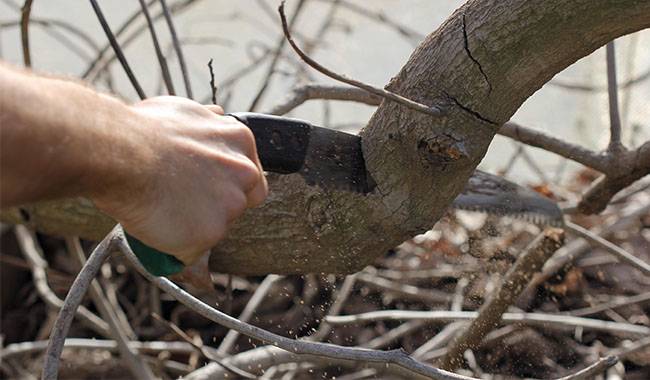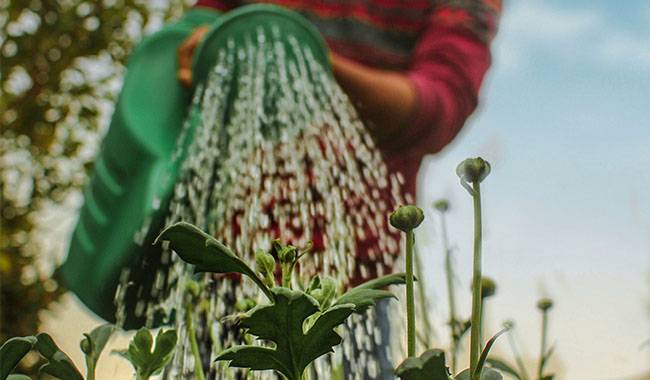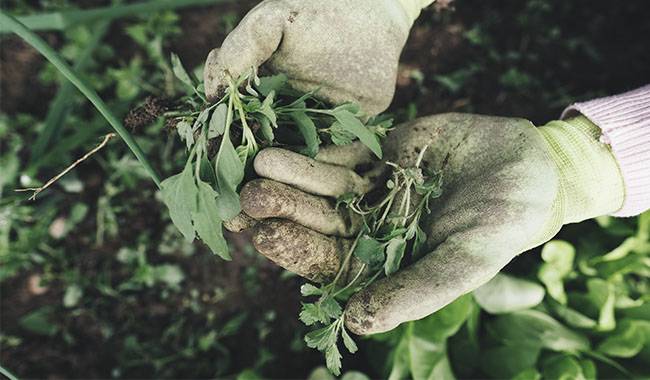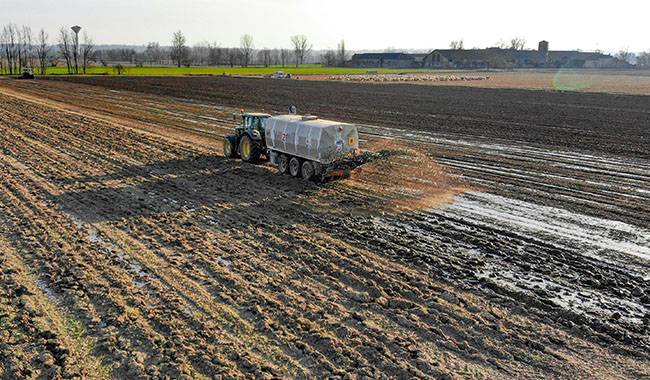
It has been known that adequate levels of phosphorus in plants increase their resistance to adverse environmental conditions, including drought and low temperatures. Plants extract phosphorus from the soil and remove it from the ground at harvest time.
To compensate for the removed elements, the easiest way is to use a fertilizer complex. The most common types of compound Nitrophos fertilizers are Nitrophos ammonia phosphorus, diammonium phosphorus, nitrophosphorus, and nitroammonium phosphorus.
In this article, let’s talk about the mineral fertilizer Nitrophos containing phosphorus, or Nitrophosphate. when, how, and use it under what proportions.
WHEN DO PLANTS “TELL US” THAT THEY ARE DEFICIENT IN PHOSPHORUS?
Nitrophos fertilizers are basic mineral fertilizers, responsible for the growth and development of the plant cover on earth. In the form of chelates, phosphorus is absorbed by plants from the soil solution. Plants use it to form DNA and RNA, and phosphorus is involved in metabolic processes that improve the reproductive capacity of green flora.
It is part of complex proteins, participates in the formation of new plant organs, contributes to the accumulation of starch and sugars, and accelerates the ripening of fruits.
Due to the lack of phosphorus, the formation of seeds, the basis of vegetative reproduction, stops. If phosphorus disappears from the life cycle of plants, the world will lose its future.
The level of phosphorus varies from plant to plant. There are some plants that have 1.0-1.6% phosphorus concentration in their plants, while others have 0.4-0.6%. In any case, however, phosphorus starvation is mainly manifested in the plant organs.
Phosphorus “starvation” in garden plants
In phosphorus starvation in vegetable plants :
- Leaves of some crops change from green (natural color) to dark green, bronze, or purplish red, sometimes to purple.
- Some blue-green spots appear on the leaf discs.
- The edges of the leaves curl upward and wilt.
- Individual necrotic black spots appear on the lower part of the leaf.
- The germination of seeds is weak and irregular.
- The plant forms a miniature (dwarf) bush.
- The corolla and sepals of the flowers are deformed.
- The root system is practically undeveloped and remains in an undeveloped (almost embryonic) state.
- Mass flowering is delayed.
- prolonged fruit ripening.
Phosphorus “starvation” of fruit crops
Fruit crops in a state of phosphorus starvation :
- The growth of annual branches is weak (short and excessively sparse).
- Older leaves become dull; young leaves become narrow, tiny, and change color, often to bronze
- The apical buds die.
- Asexual buds open very late and weakly.
- Flowering is very weak and the inflorescences in the bouquet are small and sparse.
- Ovaries and fruits are severely shed.
- Plants are more susceptible to frost damage.
- Often the lateral roots and retained roots die and the tree falls due to the underdeveloped root system.
The problem of depleted soil fertility is solved by constantly renewing the phosphorus in the soil, i.e. by fertilization. However, with the change in plant appearance and delay in growth and development, there is no need to apply phosphorus fertilizer in a hurry. The causes of phosphorus deficiency may be different and have nothing to do with the lack of this element in the soil.
WHY IS PHOSPHORUS SOMETIMES SUFFICIENT BUT NOT TAKEN UP BY PLANTS?
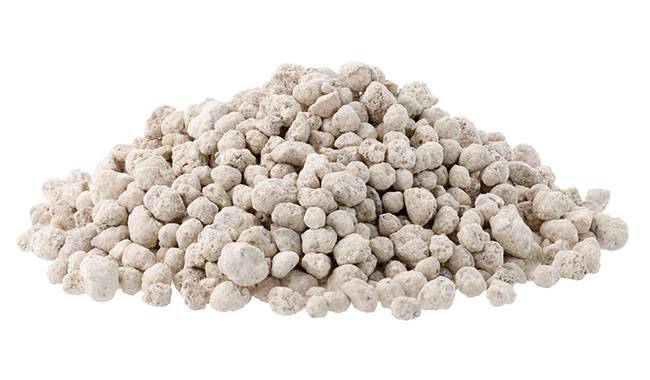
Often, analyses show adequate or even high levels of phosphorus in the soil, while the plant signals phosphorus starvation. There may be several reasons for this. The organic matter content of the soil may be low, which helps convert available phosphorus into compounds that are difficult for plants to take up.
Agrotechnical requirements for soil treatment are sometimes violated, resulting in a decrease in the number and efficiency of useful microflora (e.g., organic material decomposes slowly and available phosphorus is released).
Incorrect application of phosphorus and other mineral fertilizers (violation of the N:P: K ratio); intensive tillage of inorganic types and massive removal of phosphorus from crops without subsequent recycling (introduction of organic, mineral fertilizers, use of other methods) leads to poor assimilation of phosphorus by plants.
In view of these circumstances, it is necessary to find out the real causes of phosphorus starvation in plants before introducing the next dose of phosphorus fertilizer in the form of external application (root or foliar).
First – perform a soil analysis at your nearest lab and if the soil has enough phosphorus, you need to revisit your methods of planting and cultivating your plants.
NITROPHOS – A QUICK WAY TO REPLENISH PHOSPHORUS IN THE SOIL
Under natural conditions, phosphorus refers to the slow and insufficient regeneration of reserves in the soil. Under conventional agriculture, the soil is gradually depleted (in the absence of supplementary nutrients), reducing its ability to adequately supply plants with the necessary nutrients.
One way to renew soil fertility is considered to be to replenish the removed nutrients in the form of organic and mineral fertilizers.
In order not to lose harvests and to maintain soil fertility, each large estate owner has his own “pharmacy” (a separate closed building, inaccessible to children and animals) where he stores the necessary substances to replenish depleted soil reserves. nitrophos, or nitrosophos, occupies a very important place in this “medicine chest”.
Remember! In organic farming, the macro and micronutrients needed by plants are not removed from the soil and it is not necessary to include Nitrophos in the application of mineral fertilizers.
NITROPHOS COMPOSITION
Nitrophos (Nitrophosphate process) is a two-base compound fertilizer that contains nitrogen in the form of ammonia and some nitrates, as well as phosphorus. It is produced by neutralizing ammonia with a mixture of nitric and phosphoric acids.
Nitrophos is available in several different grades, with different nitrogen (N 16-23%) and phosphorus (P2O5 14-27%) contents.
In compound fertilizers, the nutrients (N and P) are present in water-soluble form. They are easily available to plants (they do not require complex chemical reactions in the soil solution). In order to reduce hygroscopicity and facilitate transportation, Nitrophos is produced in granular form.
It should be noted that the nitrogen portion of Nitrophos is in the form of nitrate, which can accumulate in the fruit when applied in excess in the soil.
When using Nitrophos, the recommended dosage must be observed, especially when applying fertilizers in the second half of the growing season (the growth and ripening stage of the fruit.) Nitrophos is used in soils with a high potassium content or, if necessary, the latter is added.
Each fertilizer must be accompanied by a label showing the name of the fertilizer and the nutrient content (concentration). And the nutrients are listed in a certain order: the concentration of nitrogen is indicated first, followed by the concentration of phosphorus and potassium (the last element).
For example, a bag is labeled 30:14, and underneath is the name Nitrophos. These numbers are the percentages and ratios of the basic elements (N and H2O5) – be sure to check in the fertilizer. They total 30 + 14 = 44%, with the remaining 56% coming from the salt ballast.
Since the N content of the compound is lower than that of phosphorus and potassium (if any), this fertilizer is suitable for fall application and for application during the second half of the plant growing season.
If the nitrogen content is dominant, this fertilizer is best used in the spring before sowing or planting and during the initial stages of plant development. Use of this fertilizer at the end of the growing season (bearing and germination stages, beginning and extensive ripening stages) can lead to the growth of young shoots and delay fruit ripening.
TIMING AND METHOD OF APPLYING NITROPHOSPHATE
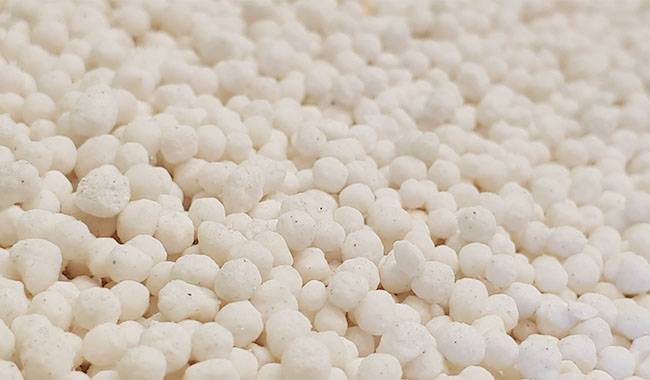
The timing and method of application of compound fertilizers depend on the type of soil, irrigation, crops grown, and other parameters. The main consideration when choosing a fertilizer is the type of soil. nitrophenols are more practical for application on soils with a high potassium content.
As a rule, it is applied on Chernozem under autumn digging or other autumn preparation methods. On lighter soils (sandy, sandy loam), it is applied in the spring before sowing and planting.
Nitrosulfuron is convenient when used for fertilizer applications because the ammonium nitrogen contained in the fertilizer increases the duration of the fertilizer, while the nitrate will be immediately available to the plant.
Table 1 shows approximate doses and application times for vegetables, root and berry crops, flowering beds (flowering plants), and turfgrasses.
| Agricultural crops | Major applications in the fall | Fertilizer applications during the growing season |
| Vegetables | 20-30g/m² | 5-15 g/m², spread at 2-3inch (6-8 cm) between rows |
| Sprouted and unsprouted tomatoes | 20-25 g/m² | 5-15 g/m² per hectare in a layer of 2-3inch (6-8 cm) between rows during flowering and fruiting stages. |
| Root crops | 15-25 g/m² | 5-15 g/m² in a 2-3inch (6-8 cm) layer between rows. |
| Potatoes | 20 g/m² (4 holes) | 1 teaspoon, under the bushes. |
| Sunflower | 15-20g/m² | 10-15g/m² |
| Corn for sugar | 25-30 g/m² | 10-15 g/m², at the beginning of the curdling process. |
| Yield | 20-30 g/m² per m² of rhizome or 70-90 g along the rhizome edge of mature trees | 10-15 g/m² of rhizome |
| Berry trees (young trees) | 15-30 g/m² | 4-5 g/m² |
| Currant, currant (fruit, adult) | 40-60 g/shrub | Early flowering, 5-10 g/shrub |
| Raspberries, blackberries | 30-40 g/m² | Early flowering, 5-10 g/shrub |
| Strawberry, strawberry | After flowering 10-15 g/m² | At the beginning of new leaf formation in early spring 10-15 g/m² |
| Flowers, turfgrass | 15-25 g/m² | 5-10 g/m² |
Note: 1 teaspoon = 5-7 grams, 1 tablespoon = 15-18 grams, 1 matchbox (standard) = 23-25 grams.
The topsoil must be watered and loosened after fertilization.
APPLICATION METHODS OF NITROPHOSPHATE
The primary method of soil preparation in the fall is a scattered application followed by excavation or tillage of the soil. Scattered applications are used for perennial grasses, while top dressing is used for crops that require large areas of nutrients.
The best applications used during seeding, planting, and fertilization is in wells, strips, row spacing, under bushes, etc. Local placement limits the fixation of phosphorus in the soil and it is used more by the plant, which is important in the initial stages of crop growth.
Local applications of Nitrophos are more effective for crops with less-developed root systems (onions) and crops with short vegetative periods (radishes, salads, and other vegetables).
When sown crops are planted in rows and bands with locally applied seeds, the fertilizer must be buried 0.8-1.2inch (2-3 cm) from the sown seeds (direct contact with the seeds is not allowed). When planting young seedlings, the fertilizer should be mixed with the soil so as not to burn the young roots.
If the cottage area has sod-linden acidic soil or red soil, it is best to apply nitrogen and phosphorus fertilizer in situ. These types of soils have a high content of soluble forms of iron and aluminum. It does not make sense to apply fertilizer indiscriminately. Topical applications save fertilizer (low doses).
Nitrogen and phosphorus fertilizers retain high levels of soluble forms of phosphorus (they are not absorbed by the soil and converted to insoluble forms) for a long time, providing plants with enough phosphorus nutrients for rapid growth and development.





